Hello friends, today I'll be cruising through some of the most commonly asked questions about exercise and weight loss. Like what type of exercise is best, how much, and when you should exercise to get the best weight loss results. It's not always cut and dry, but below will give you some of my guidelines to think about when designing your exercise plan.

What Type of Exercise is Best for Weight Loss?
This is somewhat of a loaded question. The short answer is that you should do what you love and what you can be consistent at doing. The long answer is you should probably have a mix of all the types below. But, before we get to that. One fundamental question that needs to be answered is better cardio or strength training? For weight loss, I recommend BOTH. Read that again, BOTH. Most people need to incorporate BOTH types of exercise to get weight loss results? Why?
Cardio - helps increase your base fitness level and burns calories RIGHT NOW.
Strength training - helps preserve and build muscle, and while it burns fewer calories than cardio right now, it helps your body burn more calories over time.
So while cardio improves your fitness level and helps you burn more calories, you can end up like a hamster on a wheel. You constantly have to burn calories to keep your weight steady. Strength training will help burn calories, usually like 100-200 calories per 30-minute session, vs. 300+ per 30 minutes session of moderate cardio. But, as you build muscle, losing and maintaining weight in the long term becomes easier. So it would be best if you had both for long-term weight goals.
LISS or Low-Intensity Steady State
LISS training is specific to cardio. You train in zone 1 or 2 of your heart rate training zone, which means your heart rate is elevated, but you aren't so out of breath you couldn't say a full sentence. This type of training burns fat, but it takes a long time to burn calories. Think a long slow jog or a very brisk walk. (My favorite type of exercise with my furry best friend!) This type of training is essential to building your aerobic fitness and cardiovascular health. The mistake many people make is only doing steady-state cardio for hours on end when trying to lose weight. You may lose weight initially, but eventually, you will have to mix up your training to get results or your body will adapt.
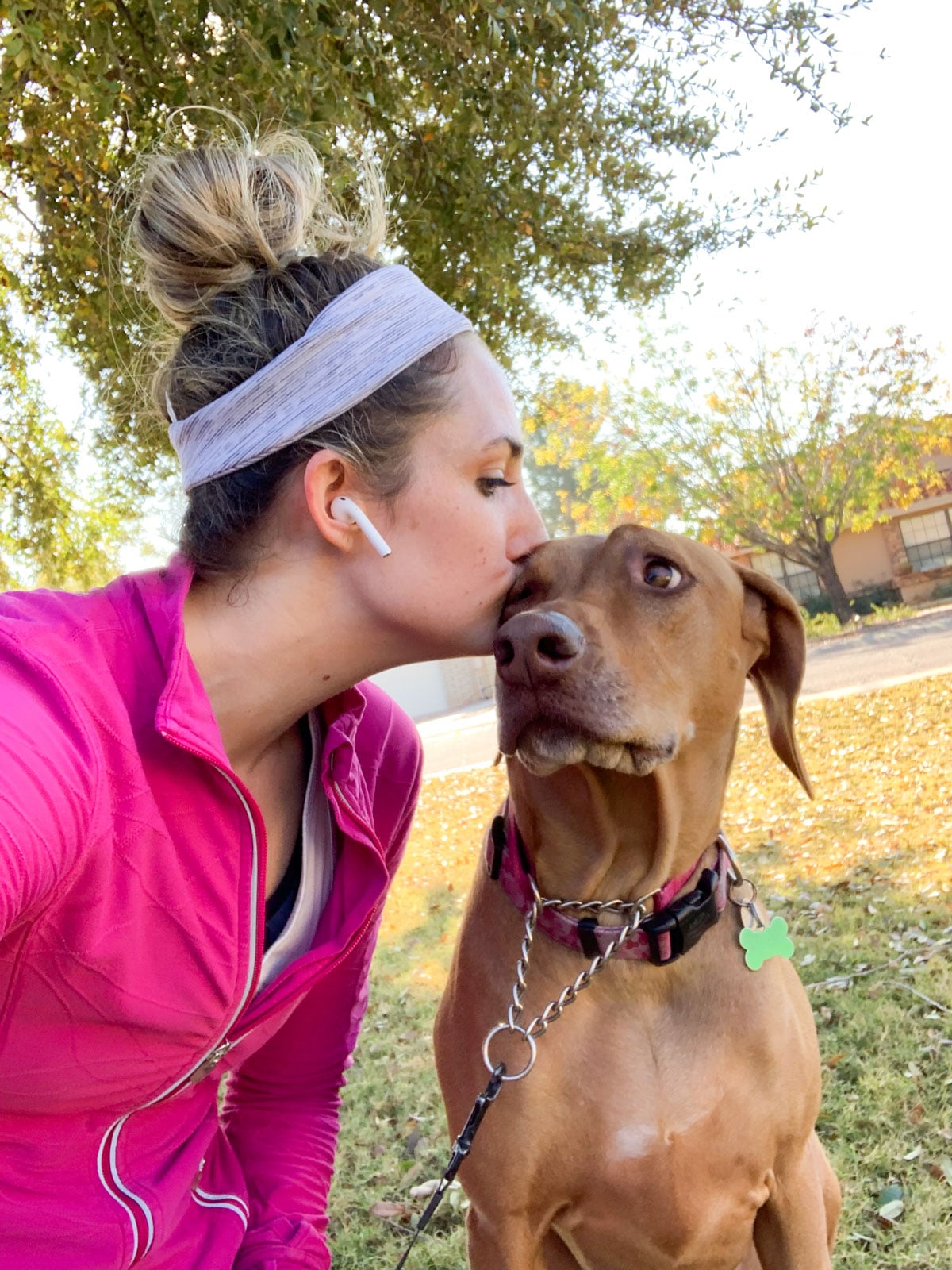
Moderate Cardio
Think of this type of cardio as the next step in effort level above LISS. You couldn't say a full sentence, but you could talk. You couldn't do this for an hour, but you might be able to knock out 30 minutes or so. This type of training will help build up your cardiovascular base, aka how much output you can manage in a block of time. It's a necessary type of training and will help you feel sweaty and get those endorphins going. You are likely to burn the same amount of calories doing moderate cardio for 30 minutes as you would LISS for 45 to an hour. So again, the mistake I see people making is only doing moderate cardio. Similarly, you will only get so far.
HIIT
High-Intensity Interval Training can be used for plyometric (high power bodyweight training like burpees and squat jumps) or cardio. These would be drills where you work at max effort for 20 -60 seconds, rest, and go again. You can typically only do this type of workout for 20-25 minutes max before you are smoked. It's highly efficient at burning calories, activates those type 2 muscle fibers (think sprinter vs. marathon runner body), usually works the full body, and builds power. It's the best of both worlds because it builds power and strength, plus it's highly effective for burning calories in a short period. The mistake I see? People that are ONLY doing HIIT workouts. HIIT workouts are challenging, and therefore, they activate the stress response. Too much HIIT training can send your body into stress response mode, where it tries to hold onto weight. No Bueno.
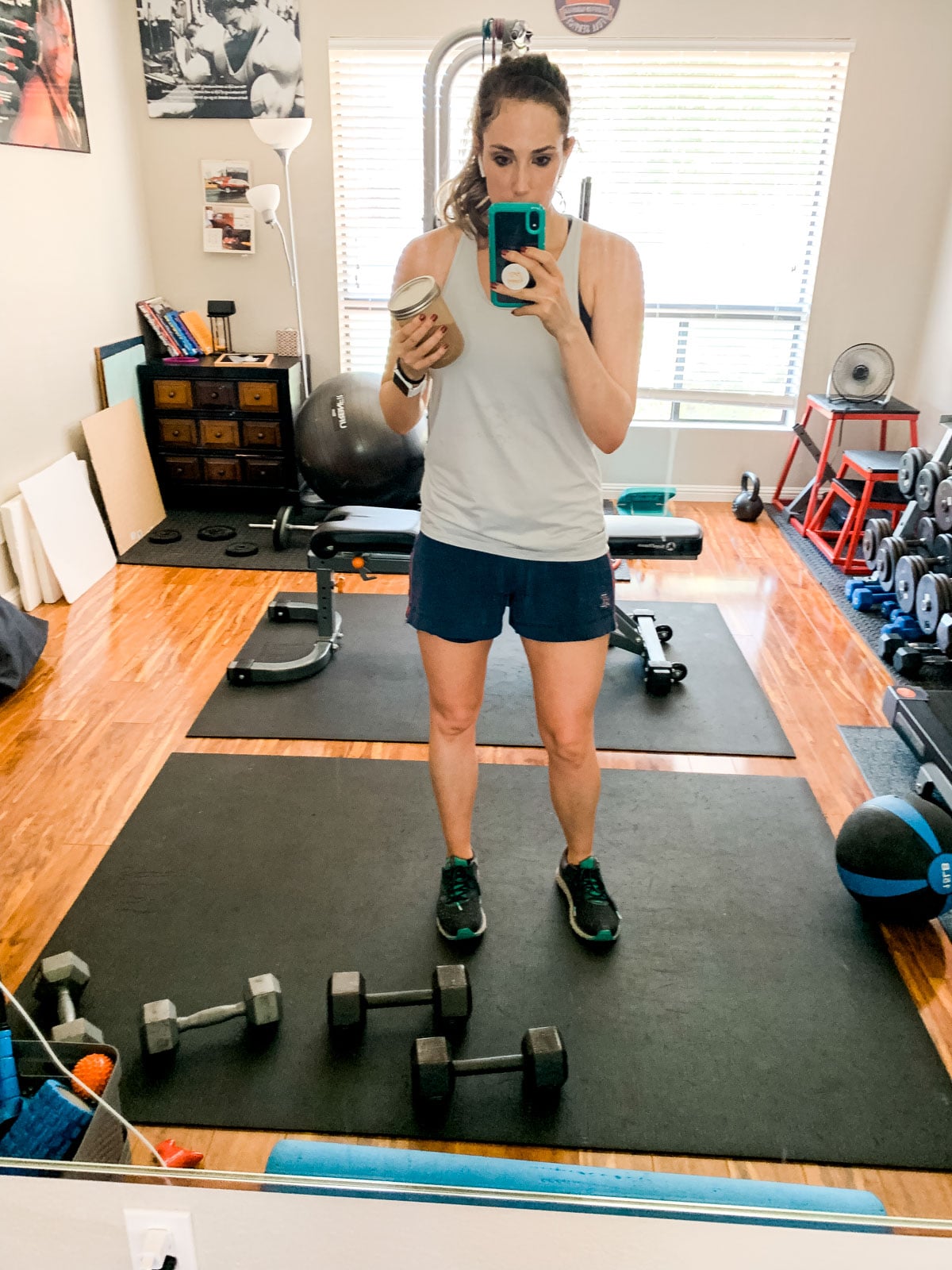
Traditional Strength Training
Traditional strength training comes in many forms.
You can set up different rep schemes such as:
- high rep low weight - think 15 reps +
- moderate reps moderate weight - think 10-12 reps
- low rep high weight - think 4-6 reps at almost max weight
The biggest mistake most people make is doing random workouts with random rep schemes. The best thing you can do is spend four weeks on each rep scheme, high rep, then moderate rep, then low rep, then a rest week, and back up. This is the best way to make progress with the amount you can lift and build muscle (essential for long-term weight maintenance.)
Furthermore, you can set up how you train throughout the week, for instance:
- splits - shoulders, back, triceps and biceps, legs, and core all on different days
- splits - upper body, lower body, and total body
- splits - full body x 3 days
What you choose depends on your level of experience and the amount of weight you want to lose. I like to see beginners focus on full-body workouts at least two days a week. When starting an exercise routine, full-body workouts will burn the most calories and give you the most bang for your buck. More advanced exercisers may need a more customized approach.
Putting It All Together
For the beginner, I typically recommend something like this:
- 1 Day LISS
- 1 Day Moderate Cardio
- 1 Day Full Body HIIT
- 2 Days Full Body Strength Training
- 2 FULL REST DAYS - active recovery like walking or light stretching or both
**The caveat here is if you are postpartum, then I recommend purchasing and following the Expecting and Empowered Guides. For my first baby, I did do the kind of split above, but for my second I followed the Expecting and Empowered Guides (@expectingandempowered) which have an upper, lower, and full body split for 8 months postpartum. (Use hungryhobby10 for a discount on their new app!) I highly recommend their program for postpartum moms. I had way fewer post-birth issues after the second baby due to following their guides to ensure optimal pelvic floor and core restoration.
How Much Exercise is Best for Weight Loss?
Depends.
Basically, you need to burn enough calories and build enough strength to facilitate weight loss. However, you need to avoid doing so much that you cause a flood of cortisol and prevent your body from losing weight.
I did this when trying to lose weight after my first baby was born. I started running 40-60 minutes three times a week and then doing hard HIIT workouts the other day. I wasn't losing ANY weight, and then I had a weird injury. The mysterious injury that temporarily caused a shocking feeling in my shin allowed me to do low-intensity exercise but no jumping or running. Within a week of scaling back the intensity and duration of my workouts, the weight started melting off. The combo of stressful exercises, lack of sleep from nursing all night baby, nursing in and of itself, and life was too much for my body to handle. It was in fight or flight mode. Once I removed one of the stressors, my body was more than happy to let go of the extra pounds. It was a huge lesson to practice what I preach. I eventually incorporated back some HIIT and some running, but at half the duration.
Your body is unique. This set point of too much vs. not enough will be individual for you.
When In the Day Is The Best Time To Workout To Lose Weight?
Whenever you can do it.
No, really.
In my experience of working with thousands of clients, morning exercisers tend to be the most consistent and, therefore, the most successful. But, if you can be consistent in heading to the gym after work, then do it. Just get it done!
More Weight Loss Posts:
- Weight Loss 101: Calories and Macros
- Weight Loss 101: How These Four Stressors Prevent Weight Loss
- Weight Loss 101: Getting Started Guide
- How Fast Should You Lose Weight?
- Why 1200 Calories Is Not The Right Number
- Why Your Hormones Need Carbs
- What’s Up With Hormones and Weight Gain
- Is Fasting Bad For You?
- How to Get Off Keto Without Gaining Weight
- Carb Cycling What Is It And How Does It Work?
- The Rule of 3 or Sometimes 4
- Why Weight Loss Backfires and All About Leptin Resistance
- What’s Up With Hormones and Weight Gain
- 10 Tips to Prevent Late Night Snacking
- Are Food Sensitivities Preventing Your Weight Loss?
- Are Cheat Meals Bad For Weight Loss?


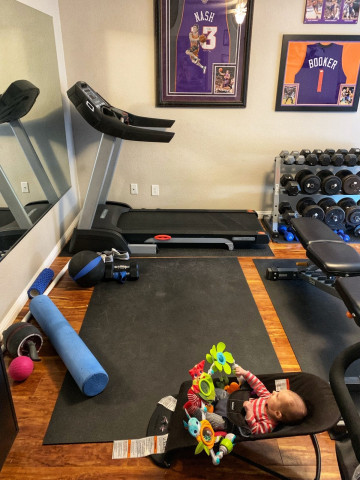
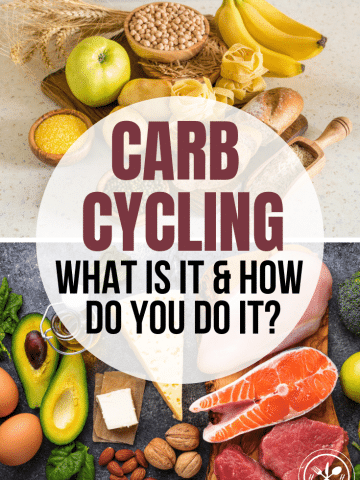
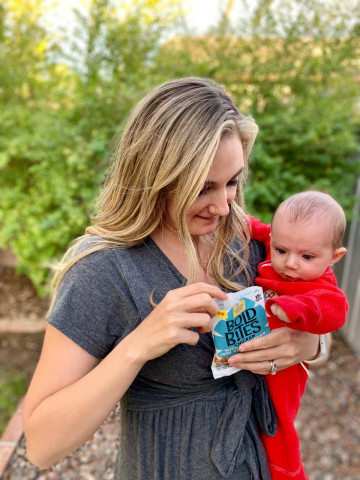

Leave a Reply